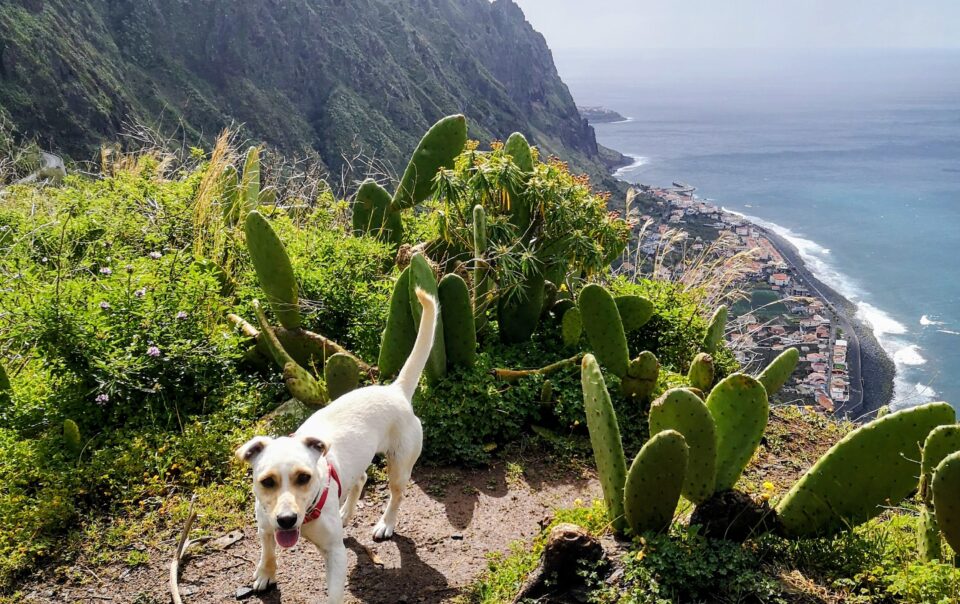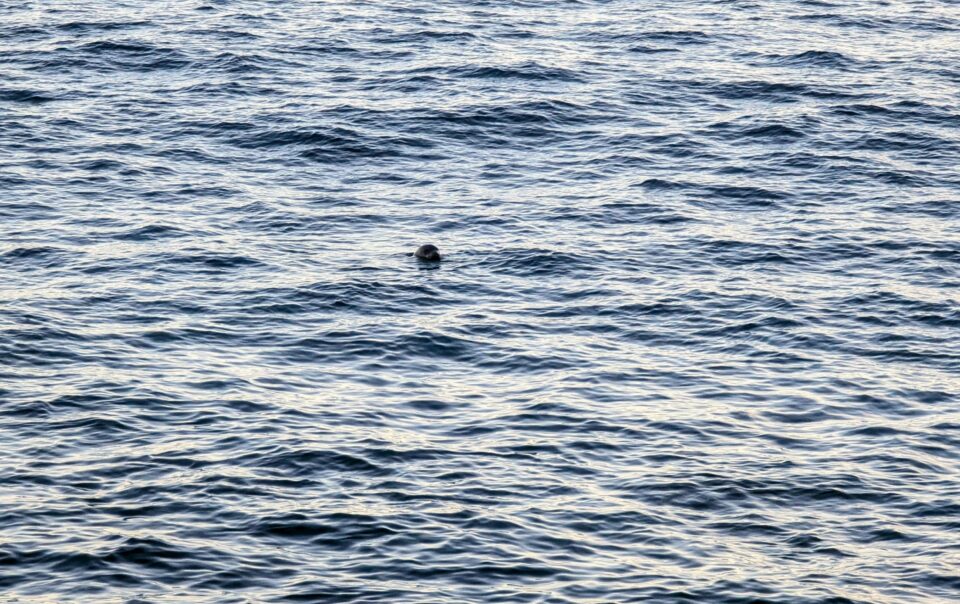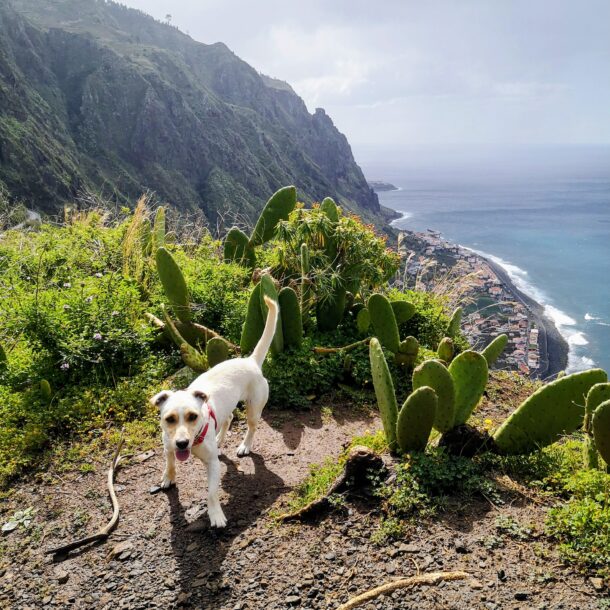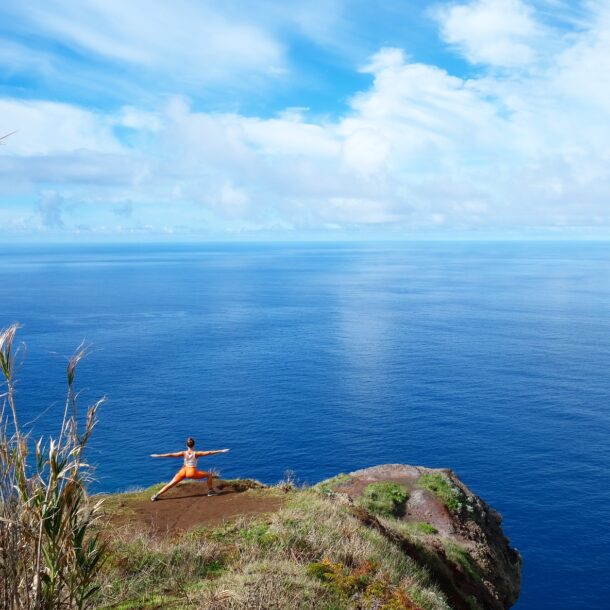
Working in the banana plantations
When I was 21, I spent eight months working and traveling in Australia. Among other things, I worked on a banana plantation there. My job was to sort bananas on the conveyor belt – so that they looked nice, like the ones we find in the supermarket. However, I only worked on this farm for a few days. I still remember that I really wanted to try out farm work. Back then, I would never have thought that one day I would be living in a small fishing village in Madeira – and occasionally working on a banana plantation.
How it came about
As I am surrounded by bananas in Paul do Mar and also enjoy walking through the plantations, one day I wanted to find out more about the work there. So I approached the people I knew who worked in the banana plantations and asked if I could do the same.
I was able to start the very next day. I was given a knife and gloves – and off I went. My job was to cut off the dry parts of the banana plants (if you can call it that) and remove any yellow or brown leaves. When you cut them off, a sticky juice comes out that can’t be removed from your clothes.
By the way, I prefer to leave the harvesting of the bananas to the local men – a single plant can weigh up to 60 kg!
In Australia there were poisonous spiders and snakes – fortunately not here. Only harmless spiders. I worked with two locals. One speaks good English, the other, a 70-year-old man, only speaks Portuguese.
I had actually hoped to learn Portuguese in the process, but I quickly realized that everyone did their work in a rather meditative way.
I worked in the banana plantation once a week for about six weeks, then I stopped again.
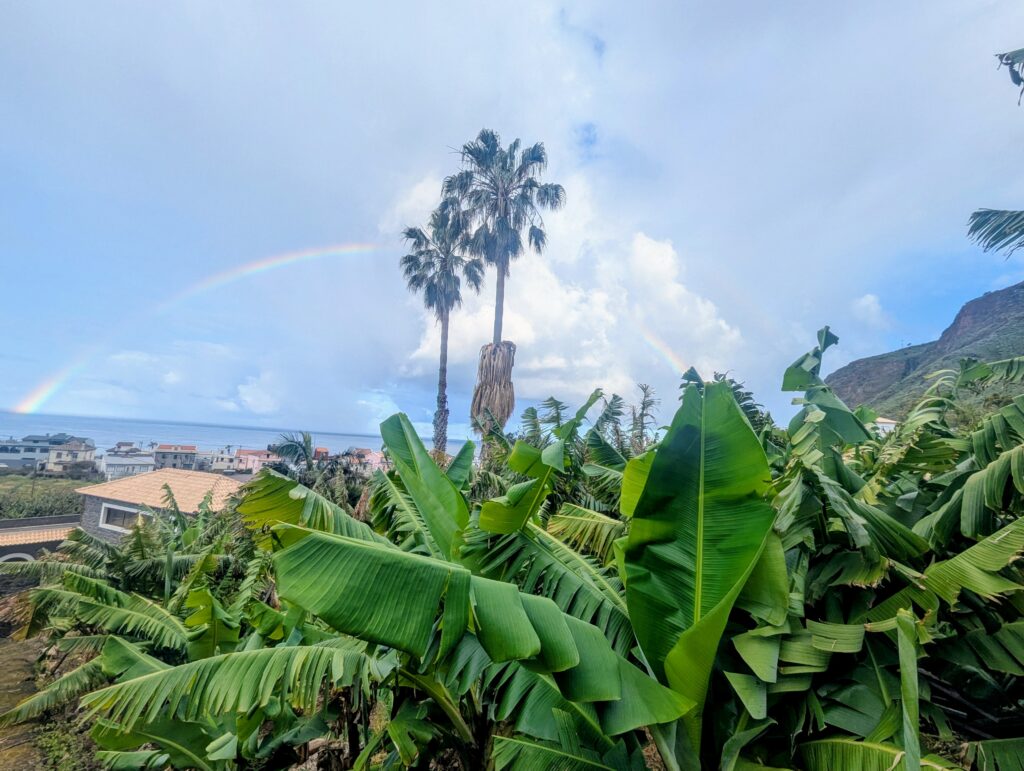
Two years later
Now, two years later, I somehow felt the urge again.
I have to add: yoga is not going particularly well this year. It rained a lot in March and I had to cancel a lot of classes. Even after that – for some reason – things were rather slow. Maybe that’s exactly why… so that I can work in the bananas again.
This time I worked with a woman – a real Pauleira (resident of Paul do Mar) who has lived here all her life. She is 62 years old and as fit as a fiddle. She can cut a banana tree into small pieces within a minute.
Each tree only produces bananas once, after which it is cut down and only serves as a “mother” – a source of nutrients for the new “child” banana trees.
Why I'm happy to be working in bananas again
Let’s be honest: definitely not because it earns me a lot of money. The minimum hourly wage in Portugal is 6.62 euros gross – but it’s better than nothing.
What I like so much about the work – and why I wanted to try it out back then – is that I can connect with the locals and feel the real life here.
This has always been important to me when traveling – and still is today, even though I now live here.
We all want higher and further, and status symbols and looks play a huge role. But here – in the bananas – I am four hours without a cell phone, without an algorithm, without the constant stream of great pictures, inspiring yoga teachers, successful bloggers and digital nomads, who of course only ever show the beautiful sides.
It feels liberating.
Working with your hands and body in nature, surrounded by mountains and bananas – it’s not a bad job. And Kitty can join in too – and has fun doing it.
Removing the old, dried banana leaves also feels good symbolically. Because we all know that old things have to go so that new things can grow.
I also get some new information and a bit of gossip from the village for free – but only if I speak and understand Portuguese. Because the woman I work with only speaks Portuguese.
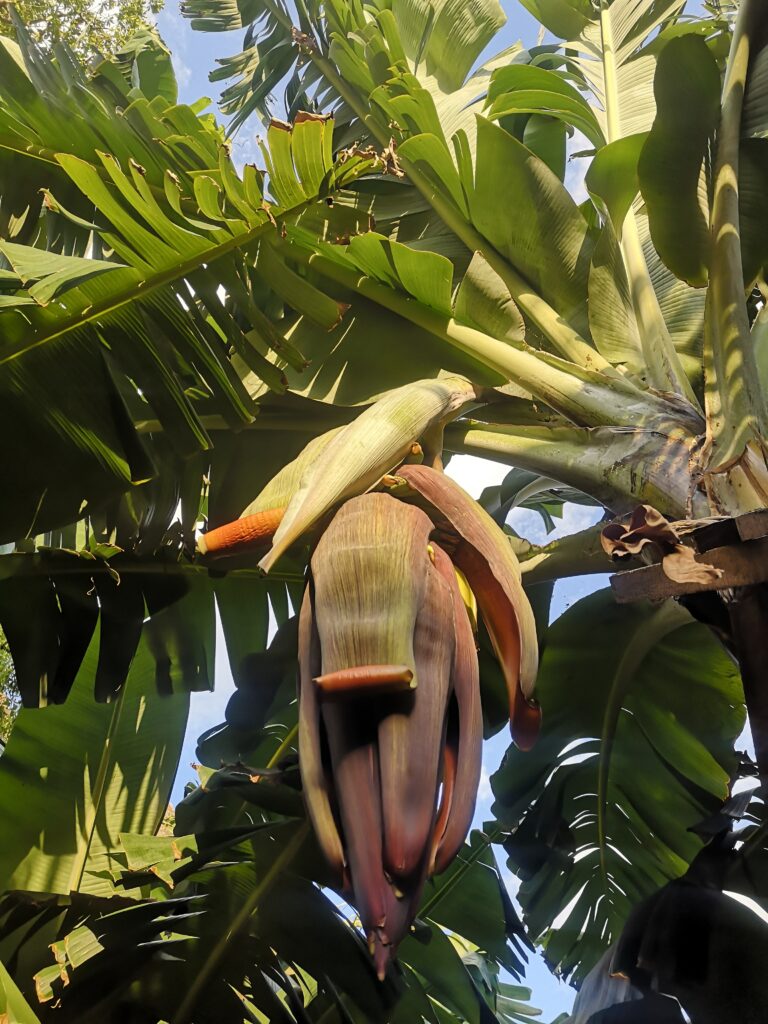
And because I have learned so much – through my own work, many conversations and a lot of curiosity – I now also offer banana walks.
My aim is not to explain everything about bananas or to be an official plantation guide. Instead, I share my knowledge with you about the work in the plantations, about life here in Paul do Mar, about the locals and little stories that you only get to hear when you’re right in the middle of it.
Did you know, for example, that only sugar cane used to be grown here? And do you know the path through the bananas that leads from one side of Paul do Mar to the other?
The tour is also great for children – there’s lots to discover, Kitty is there, and the trail is exciting but easy to walk.
If you’d like to walk through the plantations with me, get to know Kitty and learn more about Madeira, village life and the banana – you can find my tour here: Banana Wak
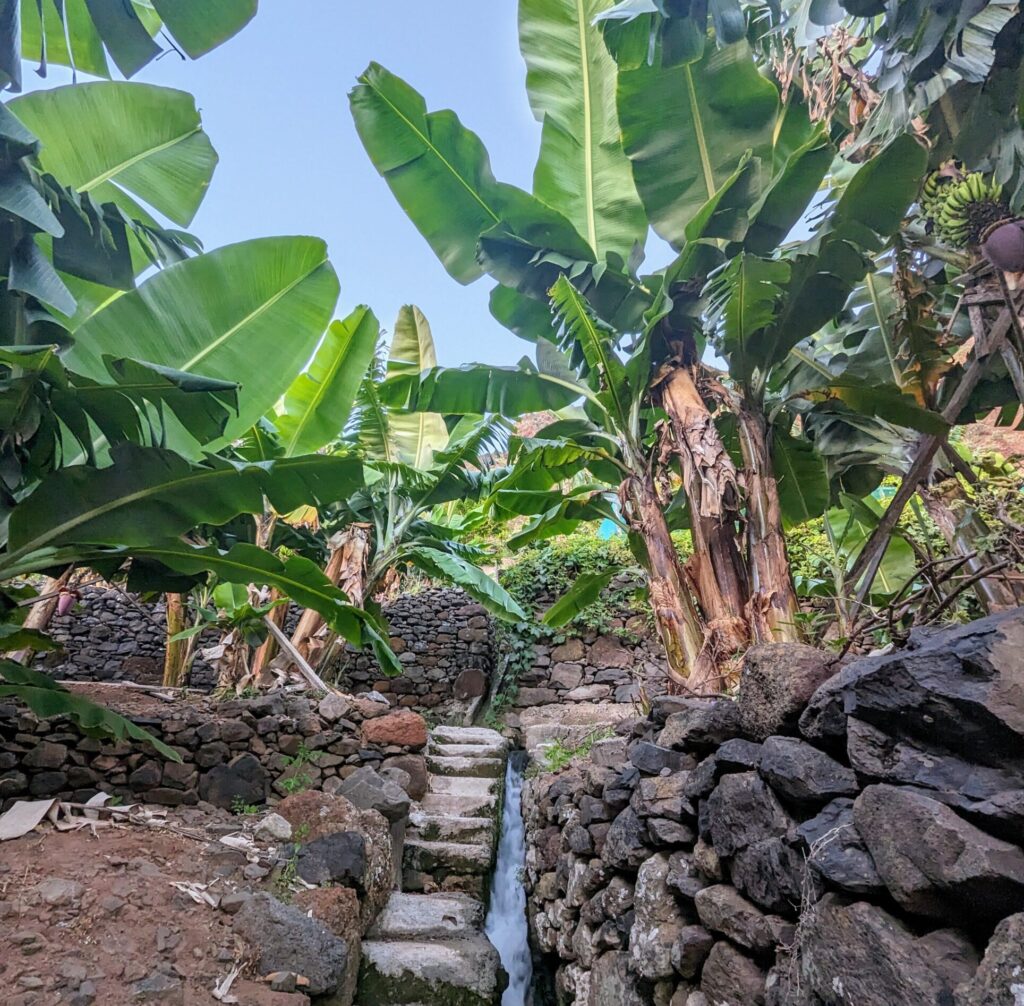
This post is also available in: German

